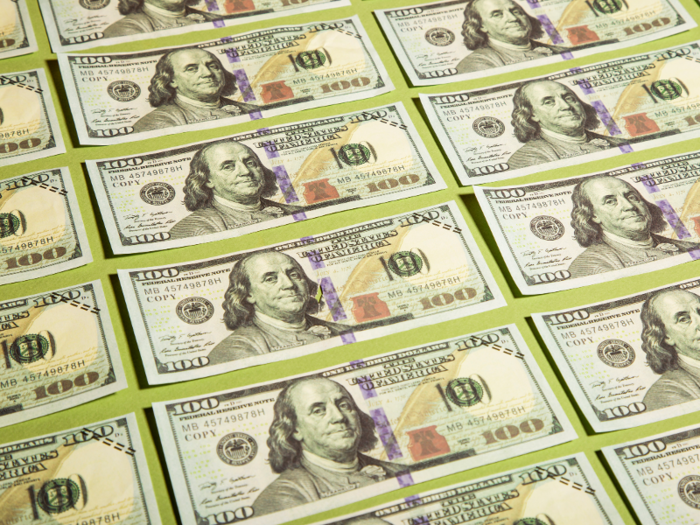- Home
- slideshows
- miscellaneous
- I founded a bridesmaid for hire business and made the mistake of not immediately setting a price. Here are 5 ways to figure out how much to charge when you start a business no one else has.
I founded a bridesmaid for hire business and made the mistake of not immediately setting a price. Here are 5 ways to figure out how much to charge when you start a business no one else has.
1. Chat with your customers

2. Look at competitors

The next thing I did was look at people in my industry who were offering the closest possible type of service. For me, that was wedding planners and day-of coordinators. While our services are different, the customer and the structure of the packages are similar. By looking at their pricing structure, I was able to identify industry benchmarks and have more reasoning behind average price points that the customer expects when shopping for vendors for their wedding.
David Pawlan, the co-founder of Aloa, a platform for outsourcing software development for startups, said that one of the first steps is looking into competitors and how much they are charging.
"What are your direct competitors charging? What do services/products go for that are the same concept, but different industry? For example, if you are selling software as a service, understand the price that direct competitors are charging and what other SaaS companies are charging not in your space, to just understand the ecosystem of what people are charging."
3. Identify hidden costs

A few months into business, when I started to book more weddings than I could count on my fingers and toes, I realized the second biggest mistake I made with my pricing. I didn't account for all of the other business costs that factor into monthly expenses (things like insurance, overhead, marketing, etc.). After determining how much it cost me every month to stay in business, I then had to adjust my pricing to make sure that I could be profitable.
Ian Kelly, a VP of operations at a CBD oil company, said it's important to understand all of your hidden costs.
"A retail sale must cover more than just production costs. For example, what is your customer acquisition cost (CAC)? If you haven't factored in marketing and sales costs, your shelf price will not support your company's profit margin," said Kelly.
4. Consider your audience

You can charge people whatever you want for a product or service — but that doesn't mean they will buy it. That's why it's important to consider your core customer, and identify how much disposable income they have for your product or service — and how it fits into their overall budget.
For me, I had to identify all the other big purchases my customer would have to make throughout their wedding adventure, and set my price to reflect the piece of their budget they allocated for wedding day help.
Abir Syed, a CPA and consultant, said it's important to consider your target demographic and the sorts of resources they have.
"You want to consider how much spare cash your target demographic has, and how significant a problem your offering addresses," said Syed. "If you're targeting small local businesses and offering something that's a 'nice to have,' you'll have to be at the low end of pricing. If you're targeting more wealthier people with something that's a huge convenience to them, you can charge more. It can help to look at other products/services that, while different, target a problem with a comparable level of severity."
5. Know your prices can change

Figuring out how much to charge wasn't something I mastered in a day or a week — it took me a good year and a half. But during that time, I collected data on customers and potential customers, and optimized my pricing. Even five years later, I change packages and pricing every few months based on demand and industry trends.
David Pring-Mill, a tech startup consultant, said that pricing strategies are always flexible.
"It's difficult to figure out what to charge when you start a business that is partly or wholly unprecedented. In fact, price points are an especially sensitive consideration for a wide swath of consumer products at the moment, including quite ordinary things, due to the profound restructuring of global trade relationships," said Pring-Mill. "There's vulnerability when the cost of the goods that you source could rise sharply and suddenly due to politics. How do you account for that volatility in your pricing? There's vulnerability even in planning for a regional expansion or pivot and having that strategic effort upended."
Popular Right Now
Popular Keywords
Advertisement